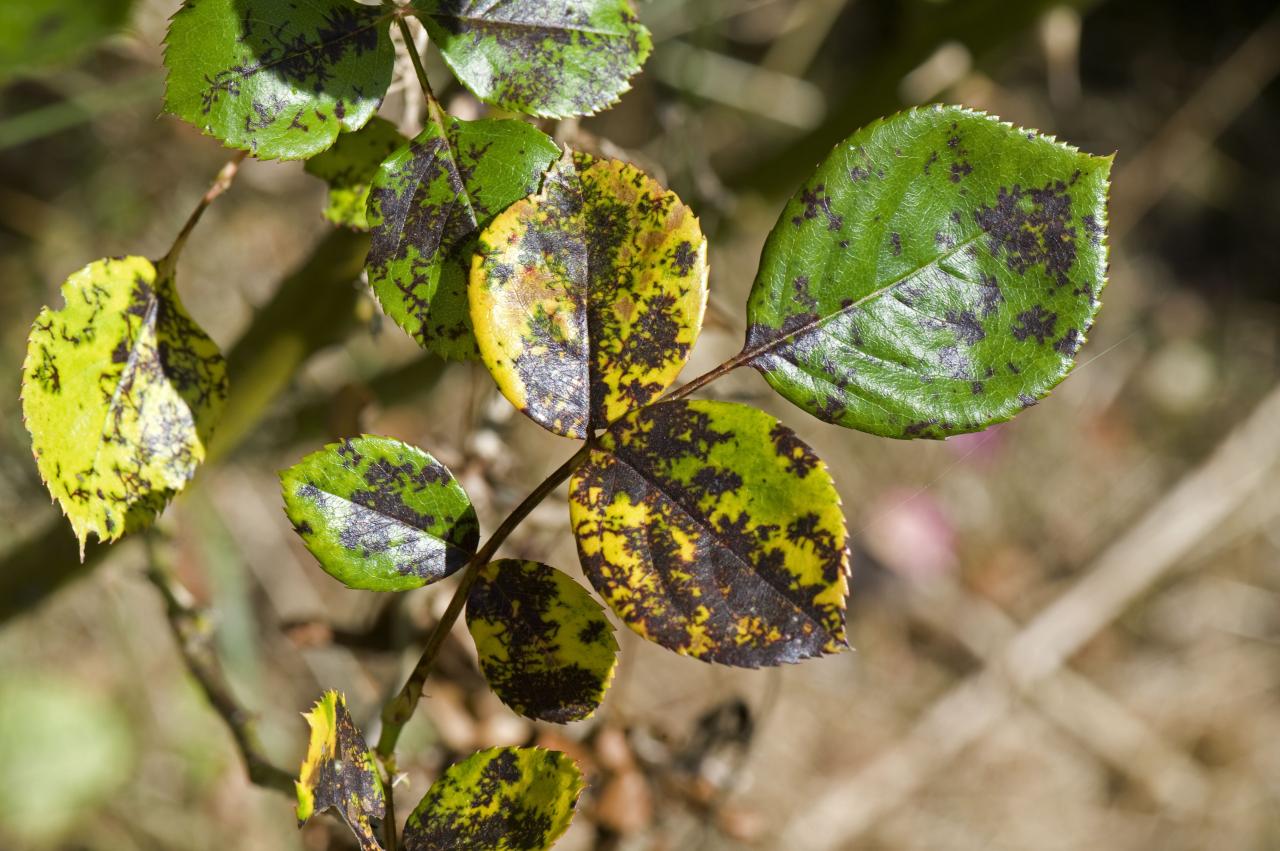Seeing brown leaves on your rose bush can be concerning for any gardener. Roses are often celebrated for their vibrant blooms and lush green foliage, but when those leaves begin to turn brown, it can indicate underlying issues that need to be addressed. In this comprehensive guide, we’ll explore the various reasons behind brown leaves on rose bushes and provide actionable solutions to restore your roses to their former glory.
Understanding the Causes of Brown Leaves on Rose Bushes
Before you can effectively treat brown leaves on your rose bush, it’s essential to identify the root cause. Below are some common factors that may lead to browning leaves.
1. Environmental Factors
Environmental stressors can significantly impact the health of your rose bushes. Here are some key aspects to consider:
| Environmental Factor | Impact |
|---|---|
| Heat Stress | Excessive heat can cause leaves to dry out and turn brown. |
| Water Stress | Both overwatering and underwatering can lead to brown leaves. |
| Sun Exposure | Too much direct sunlight can scorch the leaves. |
🌞 It’s crucial to find a balance in exposure to sunlight and water to prevent heat and water stress.
2. Nutritional Deficiencies
Roses, like all plants, require essential nutrients to thrive. A lack of vital nutrients may lead to discoloration:
- Nitrogen Deficiency: Can cause older leaves to turn yellow and eventually brown.
- Iron Deficiency: Results in yellowing between the veins, which may lead to browning.
- Potassium Deficiency: Can cause leaf edges to brown and crisp.
> Important Note: Regularly testing your soil can help you understand which nutrients may be lacking, ensuring your roses receive a balanced diet.
3. Pest Infestations, Brown Leaves On Rose Bush
Common pests that can cause brown leaves include:
– Spider Mites: Tiny pests that suck the sap from the leaves.- Aphids: These insects can damage the plant and lead to leaf discoloration.- Whiteflies: They cause stress to the plant, resulting in browning foliage.
🦠 Keeping a close eye on your plants can help you catch infestations early. Natural remedies or pesticides can be used for treatment.
4. Diseases

Diseases can also lead to brown leaves. Some common diseases include:
– Black Spot Fungus: Causes dark spots with yellowing leaves.- Powdery Mildew: Results in white, powdery growth, leading to leaf decay and browning.- Root Rot: Overwatering can lead to this disease, affecting the plant’s ability to absorb nutrients.> Important Note: Early intervention is key in managing diseases effectively. Remove affected leaves and apply appropriate fungicides when necessary.
Treating Brown Leaves on Rose Bushes
Once you’ve identified the cause of brown leaves on your rose bush, it’s time to take action. Here are some steps to help treat and prevent further issues:
1. Adjust Watering Practices
Evaluate your watering routine:
– Check Drainage: Ensure that the pot or garden bed has proper drainage.- Water Wisely: Water deeply but infrequently to promote healthy root growth. The top inch of soil should be dry before watering again.
2. Fertilization
Providing your roses with the necessary nutrients can rejuvenate their health:
– Use a Balanced Fertilizer: Look for a fertilizer that includes nitrogen, phosphorus, and potassium.- Follow Application Guidelines: Over-fertilizing can be harmful, so adhere to recommended rates on packaging.
3. Pest Control
If pests are the issue, take the following actions:
– Natural Predators: Introduce ladybugs or lacewings, which prey on aphids and other pests.- Insecticidal Soap: Use a diluted mixture to spray on affected areas of the plant.
4. Disease Management
For managing diseases:
– Prune Affected Areas: Trim away leaves and stems that show signs of disease.- Apply Fungicides: Use as a preventative measure or to treat existing conditions.
Preventing Brown Leaves on Rose Bushes

Taking proactive steps can significantly reduce the chances of developing brown leaves on your rose bushes. Here are some preventive measures:
1. Regular Monitoring
Frequent inspection of your rose bushes can help you catch problems early before they escalate into more significant issues.
2. Soil Testing
Conduct soil tests periodically to check for nutrient levels and pH balance, allowing you to amend your soil as needed.
3. Proper Planting Conditions
Ensure your rose bushes are planted in well-draining soil with adequate sunlight. Consider using mulch to help retain moisture while keeping the roots cool.
4. Seasonal Care
Adapting your care routine according to seasonal changes can greatly benefit the overall health of your roses. For instance, adjusting watering frequency during hotter months is vital for preventing heat stress.
🌷 By understanding the causes and implementing these solutions and preventative measures, you can maintain vibrant and healthy rose bushes.
In conclusion, brown leaves on rose bushes can be a sign of various environmental, nutritional, pest, or disease-related problems. By carefully diagnosing the issue and applying appropriate treatments, you can restore your roses to health and enjoy their beauty throughout the growing season. Happy gardening! 🌹
